Home>Furniture>Outdoor Furniture>What Kind Of Concrete For Patio
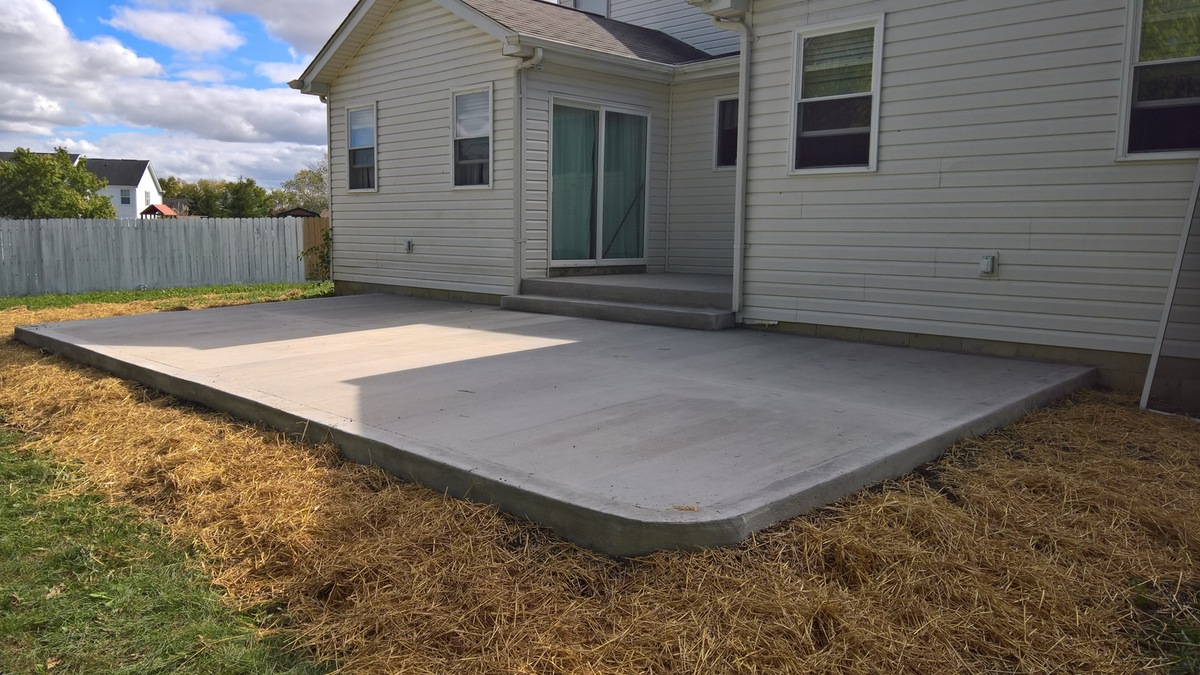

Outdoor Furniture
What Kind Of Concrete For Patio
Modified: March 7, 2024
Looking for the perfect concrete for your patio? Discover the best options for outdoor furniture with the help of our comprehensive guide.
(Many of the links in this article redirect to a specific reviewed product. Your purchase of these products through affiliate links helps to generate commission for Storables.com, at no extra cost. Learn more)
Introduction
When it comes to creating a functional and aesthetically pleasing outdoor space, a patio is an essential component. And one of the most important decisions you’ll need to make when designing your patio is choosing the right type of concrete. The type of concrete you select will not only impact the look and feel of your patio but also its durability and maintenance requirements. In this article, we’ll explore the different options available for concrete patios and discuss the factors you should consider when making your decision.
Factors to Consider for Choosing Concrete for Patio
Before diving into the various types of concrete for patios, it’s important to consider a few key factors that will influence your decision-making process:
- Climate: Consider the climate in your area. If you live in a region with extreme temperature variations or harsh weather conditions, you’ll want to choose a concrete type that can withstand these conditions.
- Style and Design: Think about the overall style and design of your outdoor space. Are you aiming for a contemporary look or a more rustic feel? The type of concrete you choose should complement the overall aesthetic of your patio.
- Budget: Concrete options vary in price, so it’s essential to consider your budget when making a decision. Keep in mind that while some types of concrete may be more expensive upfront, they may require less maintenance and last longer, providing long-term cost savings.
- Installation Requirements: Different types of concrete may have different installation requirements. Consider factors such as the complexity of the installation, the availability of skilled professionals in your area, and the timeline for completion.
Now that you have a better understanding of the factors to consider, let’s dive into the different types of concrete that are commonly used for patios.
Key Takeaways:
- Choose the right concrete for your patio by considering climate, style, budget, maintenance, durability, and installation requirements. Each type of concrete offers unique benefits to create a durable and visually appealing outdoor space.
- When deciding between pavers and concrete for your patio, consider factors such as aesthetic appeal, budget, maintenance, and ground conditions. Pavers offer versatility, while concrete provides simplicity and durability.
Read more: What Kind Of Gravel For A Patio
Factors to Consider for Choosing Concrete for Patio
Choosing the right type of concrete for your patio is crucial to ensure its durability, longevity, and aesthetic appeal. Here are some essential factors to consider when making your decision:
- Climate: The climate in your area plays a significant role in determining the type of concrete that will work best for your patio. If you live in a region with extreme temperature variations, such as freezing winters or scorching summers, you’ll need to select a concrete type that can withstand these conditions. Freeze-thaw cycles can cause concrete to crack and deteriorate, so it’s important to choose a material that can handle these challenges.
- Style and Design: Consider the overall style and design of your outdoor space. Do you prefer a modern, sleek look or a more traditional, rustic feel? Different types of concrete offer various finishes, colors, and patterns that can complement your desired aesthetic. For example, stamped concrete can mimic the look of natural stone or brick, while stained concrete adds a touch of color and depth.
- Budget: Your budget is another crucial factor in the decision-making process. Concrete prices can vary significantly depending on the type of material and decorative options you choose. While some options may be more expensive upfront, they may require less maintenance and offer long-term cost savings. Consider your budget limitations and the long-term investment value of each concrete option.
- Maintenance Requirements: Different types of concrete have varying maintenance needs. Some may require regular sealing or reapplication of protective coatings, while others may be more low-maintenance. Consider the time and effort you are willing to invest in maintaining your patio and choose a concrete type that aligns with your maintenance preferences.
- Durability: Durability is crucial when selecting concrete for your patio. You want a material that can withstand heavy foot traffic, resist stains, and endure the elements. Look for a concrete type that is known for its strength and longevity. Additionally, consider factors such as slip resistance, especially if the patio will be exposed to water or other slippery substances.
- Installation Requirements: The installation process can vary depending on the type of concrete you choose. Some options may require more intricate installation techniques or the expertise of skilled professionals. Consider the availability of experienced contractors in your area and the time frame for completing the project. Make sure you have a clear understanding of the installation requirements and any additional costs associated with them.
By carefully considering these factors, you can make an informed decision and choose the right type of concrete that meets your patio’s needs, enhances the overall aesthetics of your outdoor space, and ensures long-term satisfaction.
Traditional Concrete for Patios
Traditional concrete is one of the most common and versatile options for patio construction. It is a straightforward and cost-effective choice that offers durability and functionality. Traditional concrete consists of a mixture of cement, sand, gravel, and water, which is poured into the desired shape and left to cure.
One of the advantages of traditional concrete is its simplicity. It can be poured and set in various shapes and sizes to accommodate different patio designs. It can also be finished with different textures, such as a smooth surface or a broom finish for added traction. Additionally, traditional concrete can be colored by adding pigments to the mixture, or it can be left in its natural gray state.
Although traditional concrete is known for its durability, it is susceptible to cracking due to factors such as shrinkage and settling of the ground beneath. Therefore, proper installation and adequate joint spacing is crucial to minimize the risk of cracking. Regular maintenance, such as sealing the surface and addressing any cracks that may develop, can help prolong the lifespan of a traditional concrete patio.
Traditional concrete patios offer a clean and classic appearance that can work well with a variety of architectural styles. They provide a solid and stable surface for outdoor furniture, grills, and other features. In terms of cost, traditional concrete is generally more affordable compared to other decorative options, making it a popular choice for homeowners with budget constraints.
It’s important to note that while traditional concrete offers simplicity and durability, it may lack the decorative elements and visual interest of other types of concrete. Therefore, if you’re looking for a more customized and visually appealing patio, you may want to explore other options such as stamped, stained, or colored concrete.
In summary, traditional concrete is a reliable and cost-effective choice for patio construction. It provides a solid foundation and can be easily customized to suit various design preferences. If you prefer a straightforward and functional patio without intricate decorative details, traditional concrete may be the perfect choice for you.
Stamped Concrete for Patios
Stamped concrete is a popular choice for homeowners who want to add texture, patterns, and visual interest to their patio. It is a decorative concrete option that involves imprinting or stamping patterns onto the surface of the concrete to mimic the appearance of natural materials such as stone, brick, or wood.
The process of creating a stamped concrete patio involves pouring traditional concrete into the desired shape and then applying a patterned stamp on the surface. The stamping tools leave imprints that create a textured and realistic look. Stamped concrete offers a wide range of design possibilities, including various patterns, textures, and color options.
One of the main advantages of stamped concrete is its ability to replicate the look of expensive materials at a fraction of the cost. Whether you desire the elegance of flagstone or the warmth of a wooden deck, stamped concrete can mimic these styles with incredible accuracy. This makes it a cost-effective alternative for achieving a high-end look.
In addition to its aesthetic appeal, stamped concrete provides durability and low maintenance. The surface is sealed, which helps protect it from stains, fading, and wear. Regular cleaning and resealing can help maintain the beauty and longevity of the stamped concrete patio.
It’s worth mentioning that proper installation of stamped concrete is essential to ensure a quality result. The process requires skilled professionals who can expertly apply the stamps and create a consistent and well-defined pattern. Choosing an experienced contractor is crucial to achieving a beautiful and durable stamped concrete patio.
Stamped concrete patios offer endless design possibilities, allowing you to customize your outdoor space to match your personal style and preferences. From intricate tile patterns to cobblestone designs, there are numerous options to choose from. The versatility and versatility of stamped concrete make it a popular option for homeowners who want to add a touch of elegance and uniqueness to their patio.
However, it’s important to note that while stamped concrete can provide a stunning visual impact, it may require periodic maintenance to keep its appearance fresh. Over time, the sealer may wear off, and the colors may fade. However, regular resealing and maintenance can help preserve the beauty and longevity of your stamped concrete patio.
In summary, stamped concrete offers a cost-effective way to achieve the look and feel of high-end materials while providing durability and low maintenance. Its versatility and customization options make it a popular choice for homeowners looking to create a visually appealing patio that stands out.
Stained Concrete for Patios
Stained concrete is an excellent choice for homeowners looking to enhance the aesthetic appeal of their patio. It offers a unique and versatile option for adding color and depth to the concrete surface. Staining is a process that involves applying a colored stain to the surface of the concrete, transforming it into a vibrant and visually appealing patio.
One of the main advantages of stained concrete is its ability to create a natural, mottled, and variegated appearance that resembles the shades and patterns found in natural stone or marble. Stains penetrate the concrete, etching unique patterns and tones that cannot be replicated by other coloring methods.
Stained concrete is available in two main types: acid-based stains and water-based stains:
- Acid-based stains: Acid stains are made up of a combination of acid and metallic salts. They react chemically with the minerals present in the concrete, resulting in stunning, earth-toned hues. Acid-based stains offer a translucent and marbled effect, with colors ranging from warm browns and reds to rich greens and blues. They work best on neutral-colored concrete surfaces.
- Water-based stains: Water-based stains are formulated with pigments that seep into the concrete to provide a more consistent and vibrant color. They offer a broader color palette, including shades of blues, greens, reds, and even pastels. Water-based stains are typically easier to apply and provide a more predictable and uniform color result. They work well on both new and existing concrete surfaces.
Stained concrete patios offer numerous advantages. In addition to their visually striking appearance, stained concrete is durable, easy to maintain, and resistant to fading. Once the staining process is complete, a sealer is applied to protect the surface and enhance the color. Regular cleaning and resealing can help preserve the vibrancy of the stain and extend its lifespan.
Another benefit of stained concrete is its versatility in design. It can be used to create various effects, such as borders, stenciled patterns, or even to mimic the look of natural materials like wood or stone. With the use of different staining techniques and application methods, you can achieve a customized and unique patio that suits your style and preferences.
It’s important to note that the condition and quality of the existing concrete surface will play a significant role in the staining process. Any cracks or imperfections may show through the stain, adding character to the patio but also requiring proper preparation and repair before staining.
In summary, stained concrete offers a beautiful and unique option for enhancing the appearance of your patio. With its wide range of colors and design possibilities, stained concrete allows you to create a personalized outdoor space that is both visually striking and durable.
When choosing concrete for a patio, consider using a high-quality, durable mix with a strength of at least 3000 psi. This will ensure that the patio can withstand outdoor elements and heavy foot traffic.
Read more: What To Do With A Concrete Patio
Colored Concrete for Patios
Colored concrete provides an excellent way to add a pop of color and vibrancy to your patio. It allows you to customize the look of your outdoor space and create a unique design. Whether you prefer bold and vibrant hues or more subtle earth tones, colored concrete offers a range of options to suit your personal style.
Colored concrete is achieved by adding pigments directly to the concrete mixture. The pigments are typically made from iron oxide or synthetic materials and come in a variety of colors. This allows you to choose from an extensive color palette, including shades of red, brown, gray, blue, and more. The pigments are mixed thoroughly with the concrete, ensuring consistent color throughout the entire patio surface.
One of the advantages of colored concrete is its ability to maintain its vibrant color over time. The pigments are UV-resistant, which helps prevent fading from sun exposure. Additionally, the color is not just on the surface but penetrates the concrete, resulting in long-lasting and fade-resistant color.
Colored concrete can be used in various ways to enhance your patio design. You can opt for a monochromatic color scheme, choosing a single color for the entire patio surface. Alternatively, you can create patterns, borders, or even custom designs by combining different colored concrete. This flexibility allows you to unleash your creativity and make a unique statement with your patio.
When it comes to maintenance, colored concrete requires minimal upkeep. Regular cleaning with mild soap and water is typically sufficient to keep the surface looking fresh and vibrant. Additionally, sealing the concrete can help protect the color and enhance its longevity.
It’s important to note that the final appearance of colored concrete can be influenced by factors such as weather conditions during installation, concrete mixture consistency, and the application technique. Working with an experienced contractor who has expertise in colored concrete will ensure a professional and consistent result.
In summary, colored concrete offers a creative and customizable option for adding color to your patio. With its broad range of color choices and design possibilities, you can create a vibrant and unique outdoor space that reflects your personal style. The long-lasting color and low maintenance requirements make colored concrete an excellent choice for homeowners looking to transform their patio into a visually appealing and colorful oasis.
Exposed Aggregate Concrete for Patios
Exposed aggregate concrete is a popular choice for homeowners looking to add texture and visual interest to their patio. It offers a unique and natural look by revealing the aggregates—such as stones, pebbles, shells, or glass chips—in the surface of the concrete. Exposed aggregate concrete provides a durable and slip-resistant finish that is both visually appealing and functional.
The process of creating exposed aggregate concrete involves pouring traditional concrete and then removing the top layer to expose the aggregates. Once the concrete sets, it is washed, etched, or sometimes blasted to reveal the desired amount of aggregate. This process can create various textures and patterns, resulting in a beautiful and non-slip surface for your patio.
One of the primary advantages of using exposed aggregate concrete for patios is its natural and earthy aesthetics. The exposed aggregates add a unique and organic look to the patio, making it an ideal choice for homeowners who prefer a more rustic or natural style. The range of aggregates available allows you to personalize the look and feel of your patio, whether you prefer a more pebbled appearance or a combination of different materials.
In addition to its aesthetic appeal, exposed aggregate concrete offers excellent durability and requires minimal maintenance. The exposed aggregates are much harder than the surrounding concrete, providing resistance to wear, traffic, and weather conditions. This makes it a suitable option for high-traffic areas such as patios. Regular cleaning and occasional resealing can help maintain the appearance and longevity of exposed aggregate concrete.
Exposed aggregate concrete is also a versatile choice, as it can be combined with other decorative options. For instance, you can incorporate colored aggregates or add other decorative elements, such as stamped patterns or borders, to further enhance the look of your patio. This flexibility allows for unique and personalized design possibilities.
It’s worth noting that the selection and placement of aggregates play a crucial role in achieving the desired look. Different sizes, shapes, and colors of aggregates can create different visual effects. Working with an experienced contractor who understands the nuances of exposed aggregate concrete is essential to ensure a successful outcome.
In summary, exposed aggregate concrete offers a visually appealing and durable option for patios. Its natural and textured appearance, combined with its slip-resistant properties, make it an ideal choice for those seeking an aesthetically pleasing, low-maintenance outdoor space. Whether you prefer a rustic or contemporary look, exposed aggregate concrete can provide a beautiful and long-lasting patio surface.
Pavers vs. Concrete for Patios
When it comes to choosing the material for your patio, two popular options are pavers and concrete. Both have their own unique characteristics and advantages. Understanding the differences between pavers and concrete will help you make an informed decision that suits your design preferences, budget, and maintenance requirements.
Pavers:
Pavers are individual, pre-cast concrete units that interlock to create a stable and flexible patio surface. They come in a variety of shapes, sizes, colors, and patterns, allowing for endless design possibilities. Pavers offer a more intricate and visually appealing look compared to traditional concrete, as they can be arranged in various laying patterns such as herringbone, basket weave, or random designs.
One of the main advantages of pavers is their versatility and ease of installation. They can be installed without the need for specialized equipment or complex processes. Additionally, pavers are generally more forgiving when it comes to ground movement or settling, as individual units can easily be replaced or readjusted if needed. This makes pavers a suitable choice for areas with variable soil conditions.
Pavers also offer better drainage compared to solid concrete surfaces. The gaps between the pavers allow rainwater to seep through and prevent pooling, reducing the risk of slips and falls. Pavers are also resistant to cracking, as they can flex and adjust with changes in ground stability.
However, it’s important to note that pavers may require more maintenance compared to concrete. Weeds, moss, or grass can grow in the gaps between the pavers, requiring regular cleaning or weed control. Additionally, pavers may need releveling or sand replacement over time to maintain a flat and even surface.
Concrete:
Concrete is a versatile and cost-effective option for patios. It can be poured into any shape or size, allowing for customizable designs. Traditional concrete offers a clean and simple look, while decorative options like stamped or stained concrete can add visual interest and mimic the appearance of other materials.
Concrete provides a solid and stable surface for patio furniture, grills, and other outdoor features. It is also relatively low maintenance, requiring periodic sealing to protect the surface and address any cracks that may develop. Concrete is known for its durability and longevity when properly installed and maintained.
However, unlike pavers, concrete is more prone to cracking and may require more extensive repair if significant damage occurs. Concrete is also less forgiving in terms of ground movement or settling, making it more suitable for areas with stable soil conditions.
Choosing between Pavers and Concrete:
The choice between pavers and concrete ultimately depends on your personal preferences and the specific requirements of your patio. Consider the following factors:
- Aesthetic Appeal: Pavers offer a wider range of design options, while concrete provides a more simple and streamlined look.
- Budget: Concrete is generally more cost-effective, while pavers can be pricier depending on the material and design.
- Maintenance: Pavers require more maintenance in terms of cleaning and weed control, while concrete requires periodic sealing and crack repair.
- Ground Conditions: Consider the stability of the soil in your area. Pavers are more forgiving in areas with fluctuating ground conditions, while concrete is better suited for stable soil.
By weighing these factors and considering your specific needs, you can choose the material that best suits your preferences and provides a durable and visually appealing patio space.
Conclusion
Choosing the right type of concrete for your patio is an important decision that will impact its durability, appearance, and maintenance requirements. After exploring the various options available, such as traditional concrete, stamped concrete, stained concrete, colored concrete, and exposed aggregate concrete, as well as considering the comparison between pavers and concrete, it’s clear that each choice offers its own unique benefits.
If you prefer a straightforward and cost-effective option with a clean and classic appearance, traditional concrete is an excellent choice. It provides a solid foundation and versatility in terms of finishes and colors. However, if you’re looking to add texture and patterns that mimic the look of natural materials, stamped concrete is a popular choice. Its versatility and design possibilities make it a great option for those seeking a customized and visually appealing patio.
On the other hand, stained concrete allows you to add vibrant colors and depth to your patio. The unique and natural look achieved through staining can enhance the overall aesthetic appeal. If you prefer a more eye-catching and colorful patio, colored concrete offers endless possibilities in terms of hues and design flexibility.
Lastly, exposed aggregate concrete provides a visually appealing and slip-resistant surface with a natural and textured appearance. Its durability and low maintenance requirements make it an ideal choice for homeowners looking for a patio surface that will stand the test of time.
When deciding between pavers and concrete, there are various factors to consider. Pavers offer versatility in design, ease of installation, and better drainage, while concrete provides a simpler look and requires less maintenance. The choice ultimately depends on your aesthetic preferences, budget, and specific patio requirements.
By carefully considering these factors and weighing the pros and cons of each option, you can make an informed decision that suits your style, budget, and maintenance preferences. Whether you choose traditional concrete, stamped concrete, stained concrete, colored concrete, exposed aggregate concrete, or pavers, the key is to create a patio that reflects your personal taste, enhances your outdoor space, and provides a durable and functional area for relaxation and entertainment.
In conclusion, selecting the right type of concrete for your patio is an important step towards creating a beautiful and long-lasting outdoor space. By understanding the characteristics of each option and considering your specific needs, you can create a patio that not only meets your aesthetic preferences but also withstands the test of time.
Frequently Asked Questions about What Kind Of Concrete For Patio
Was this page helpful?
At Storables.com, we guarantee accurate and reliable information. Our content, validated by Expert Board Contributors, is crafted following stringent Editorial Policies. We're committed to providing you with well-researched, expert-backed insights for all your informational needs.
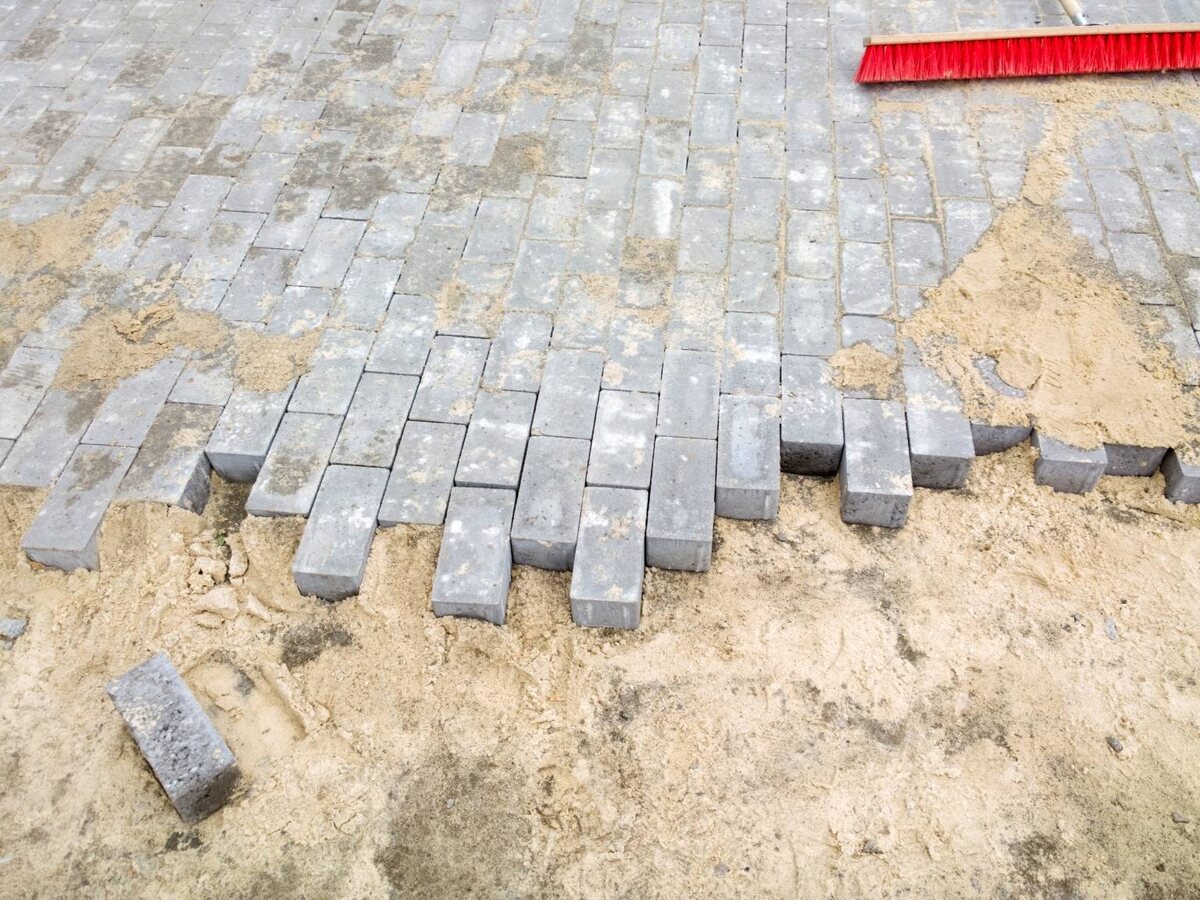
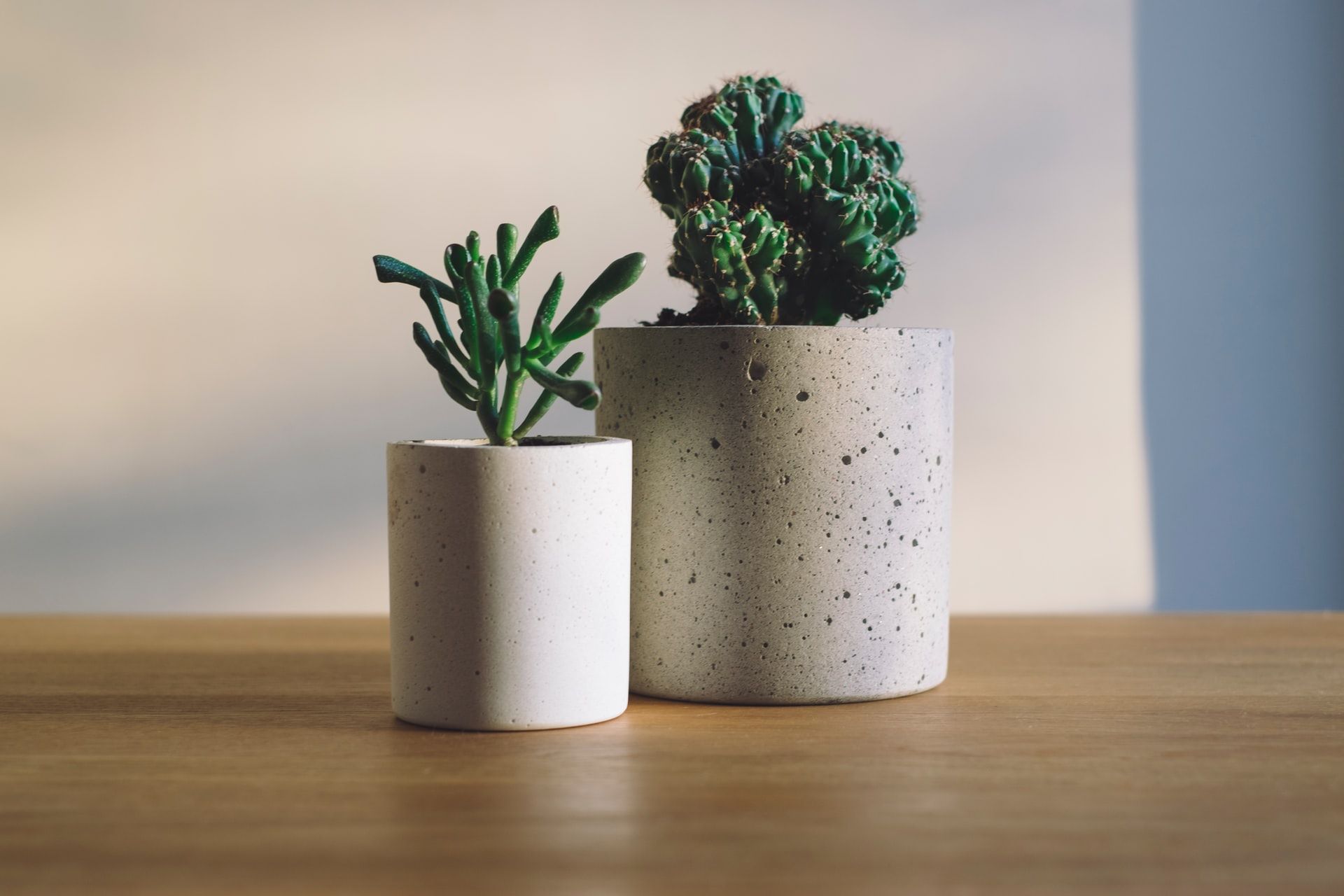
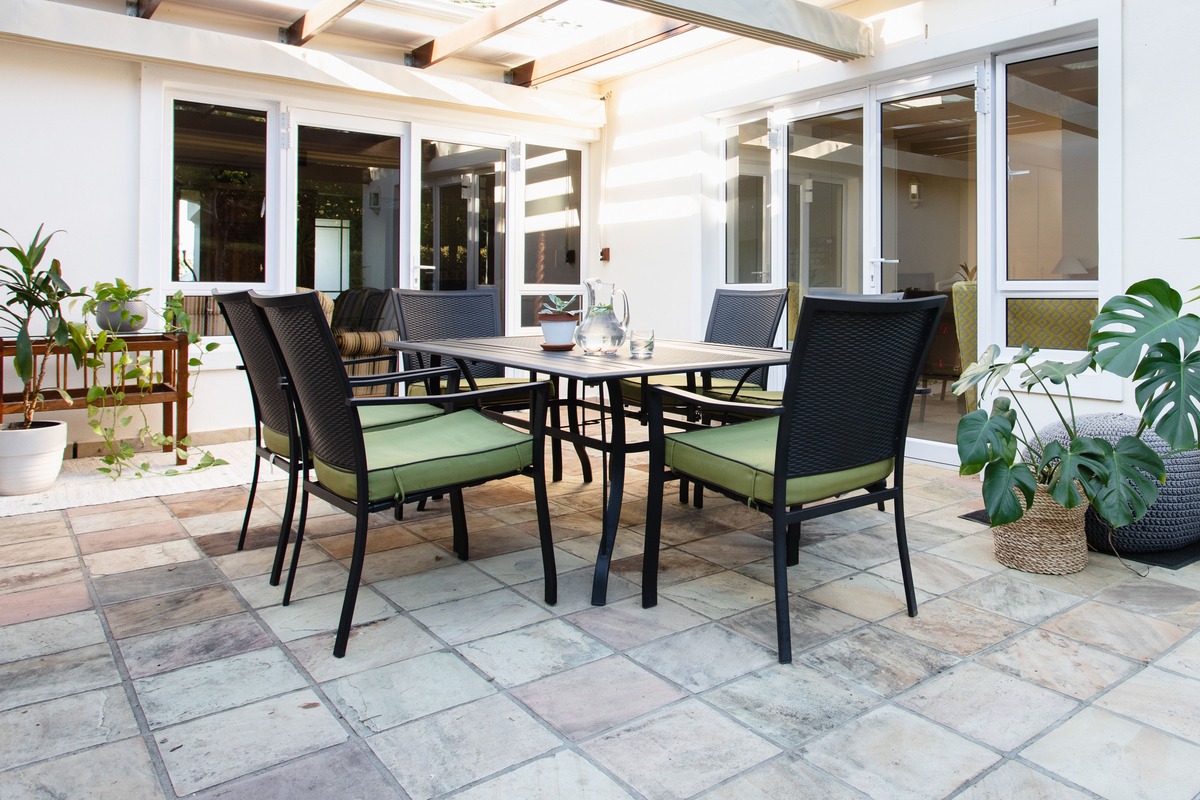
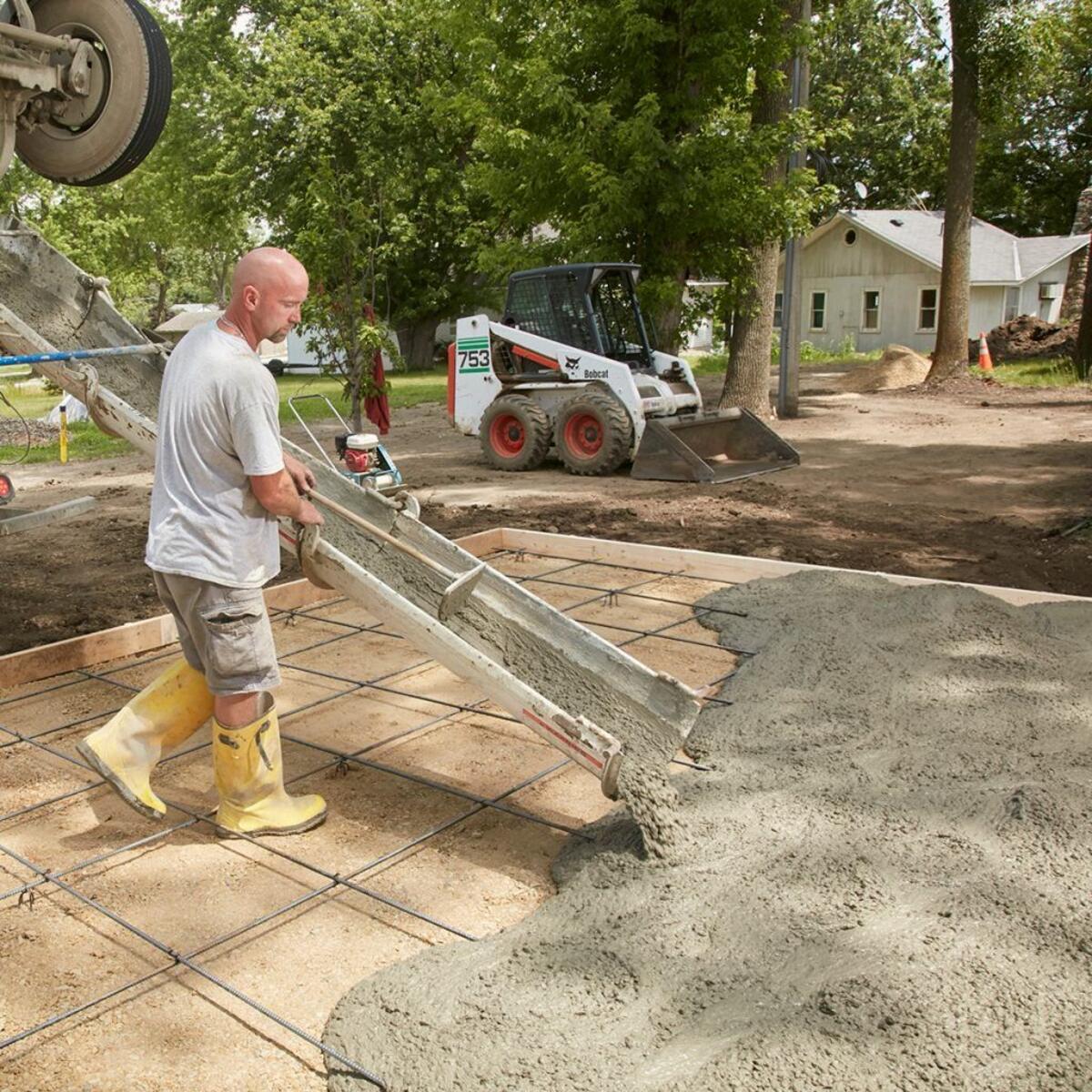
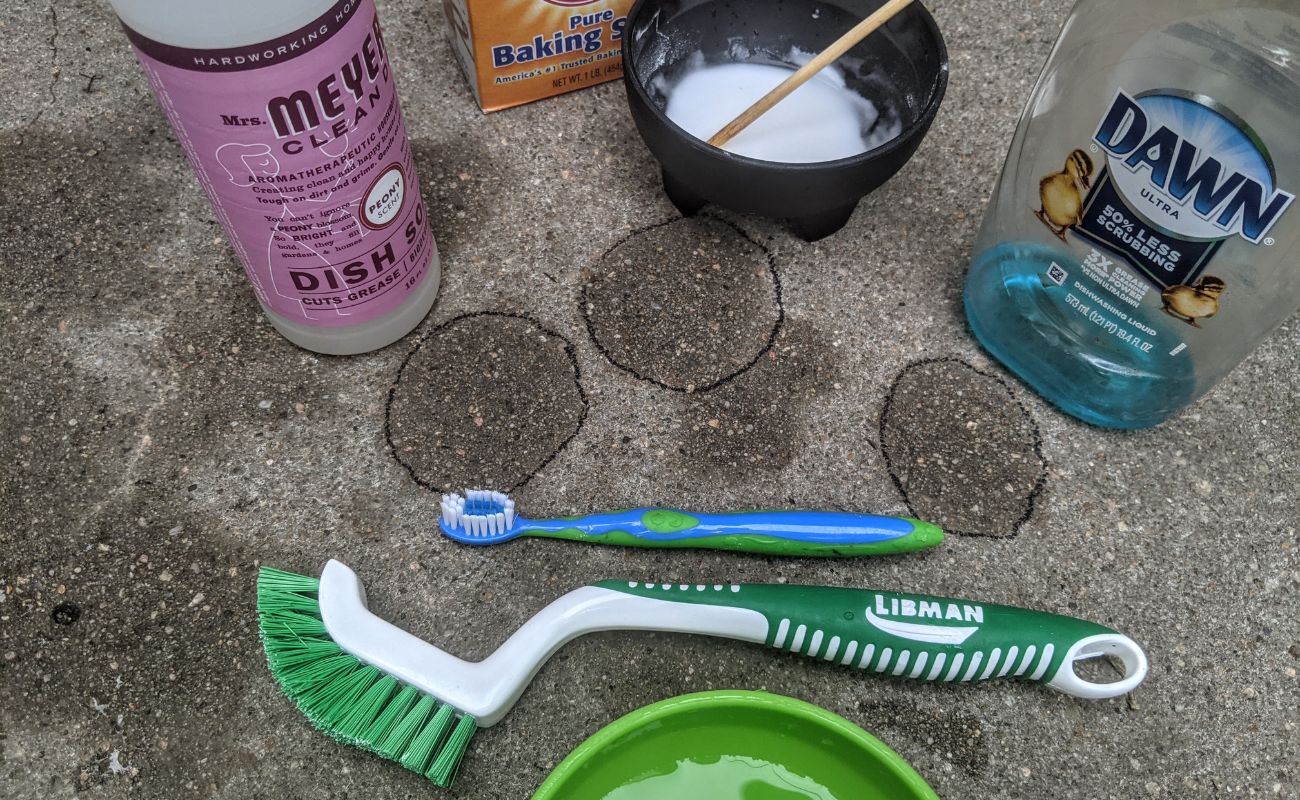
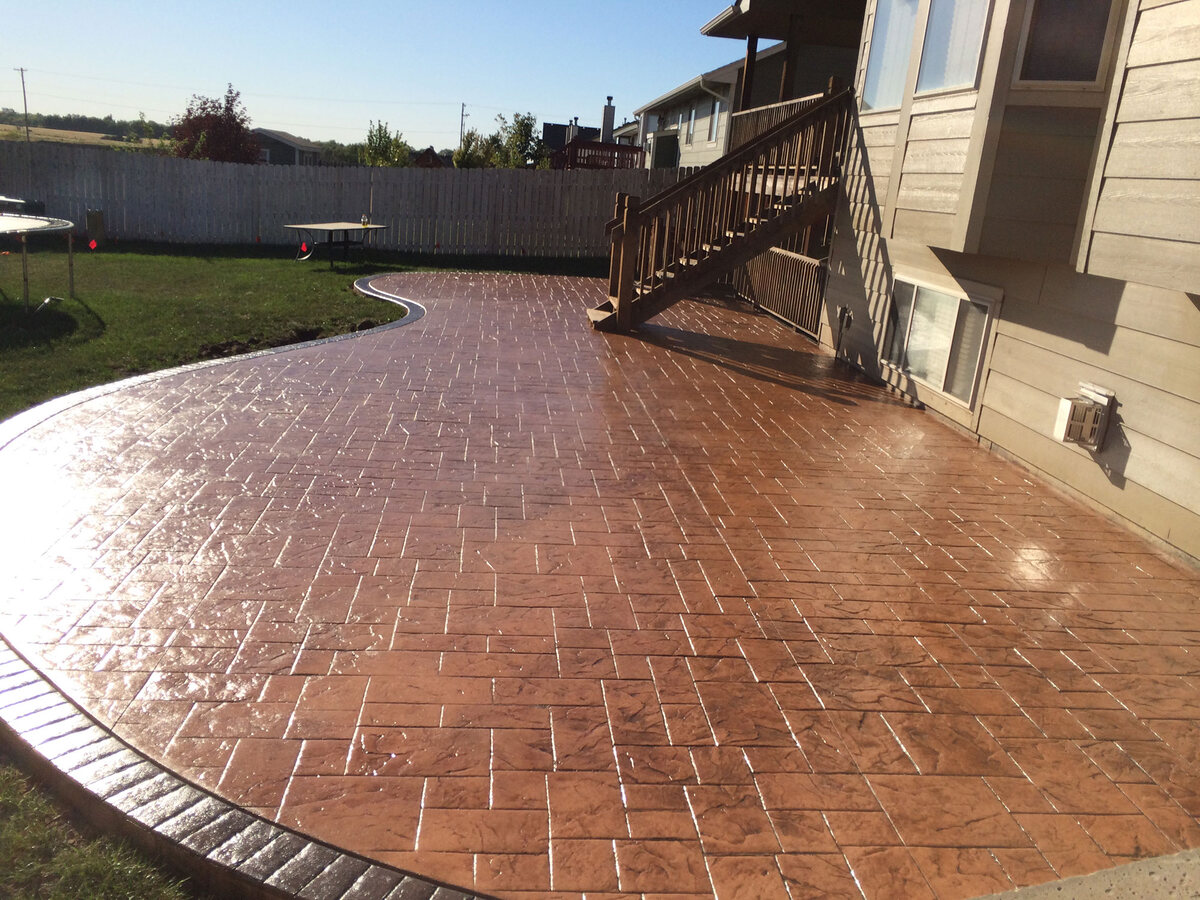
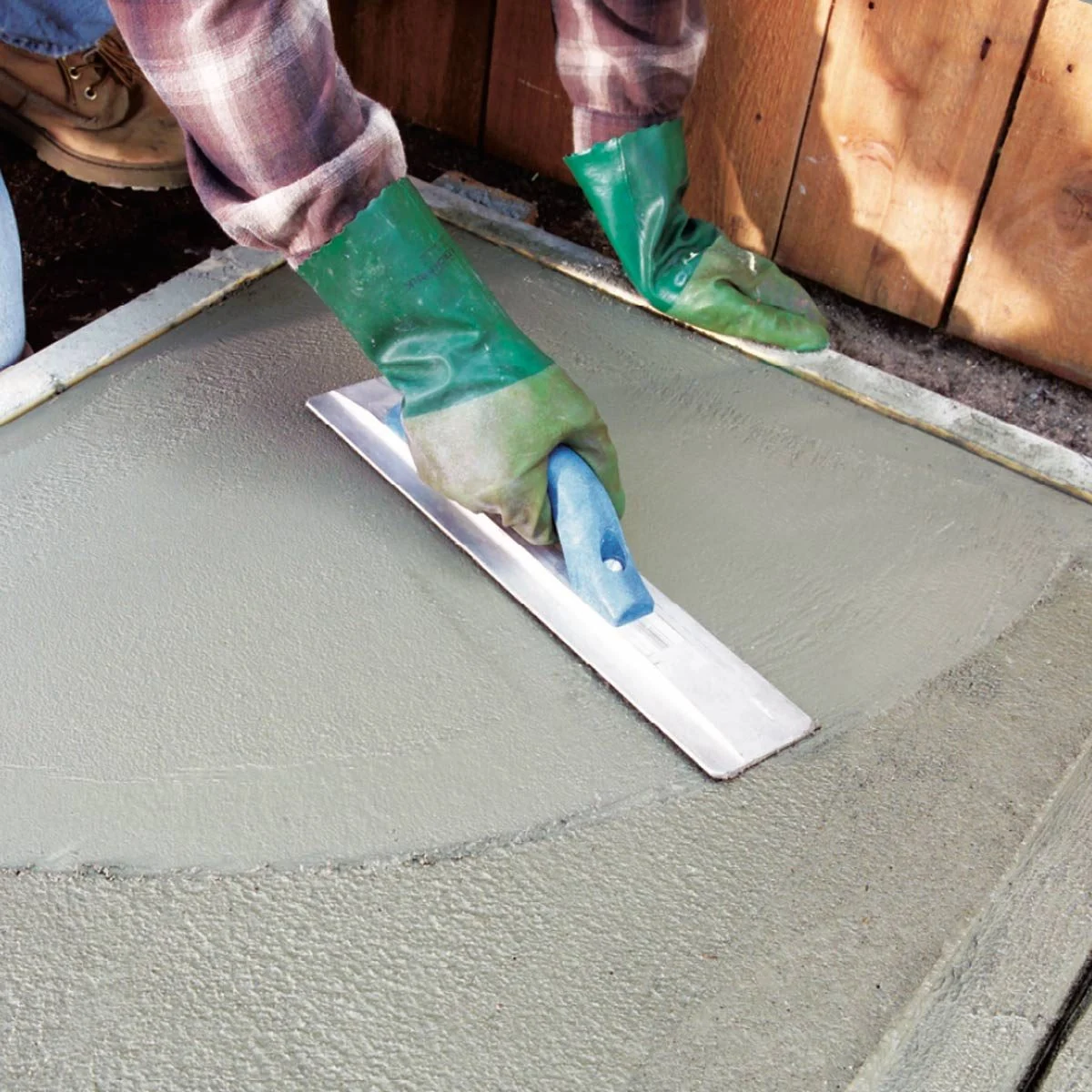
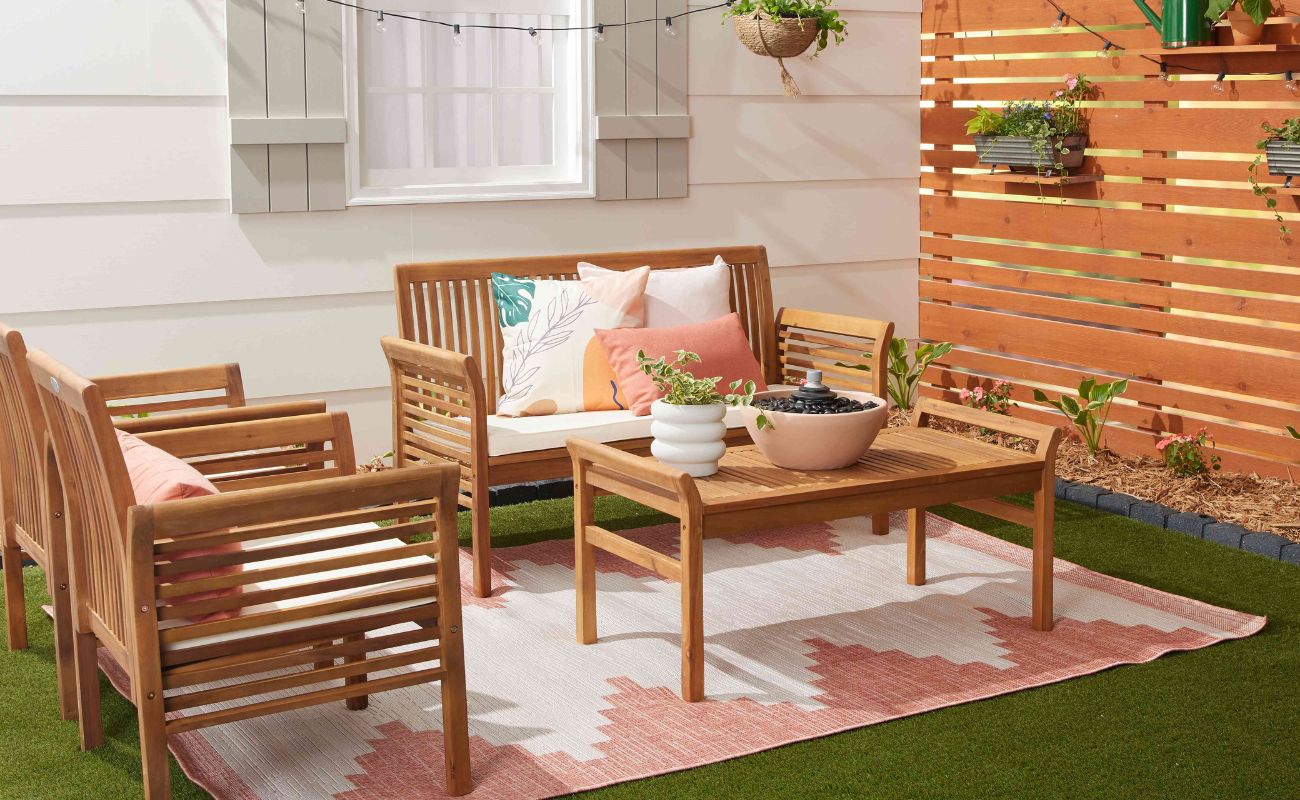
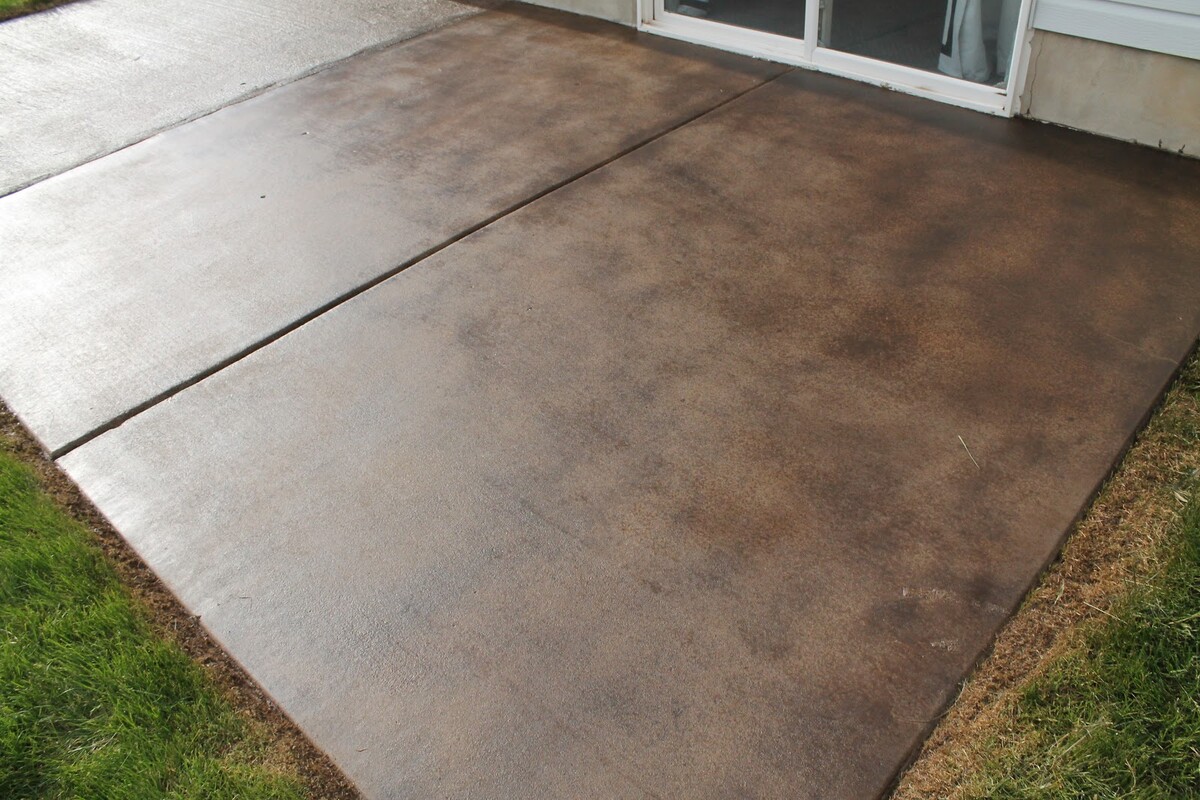
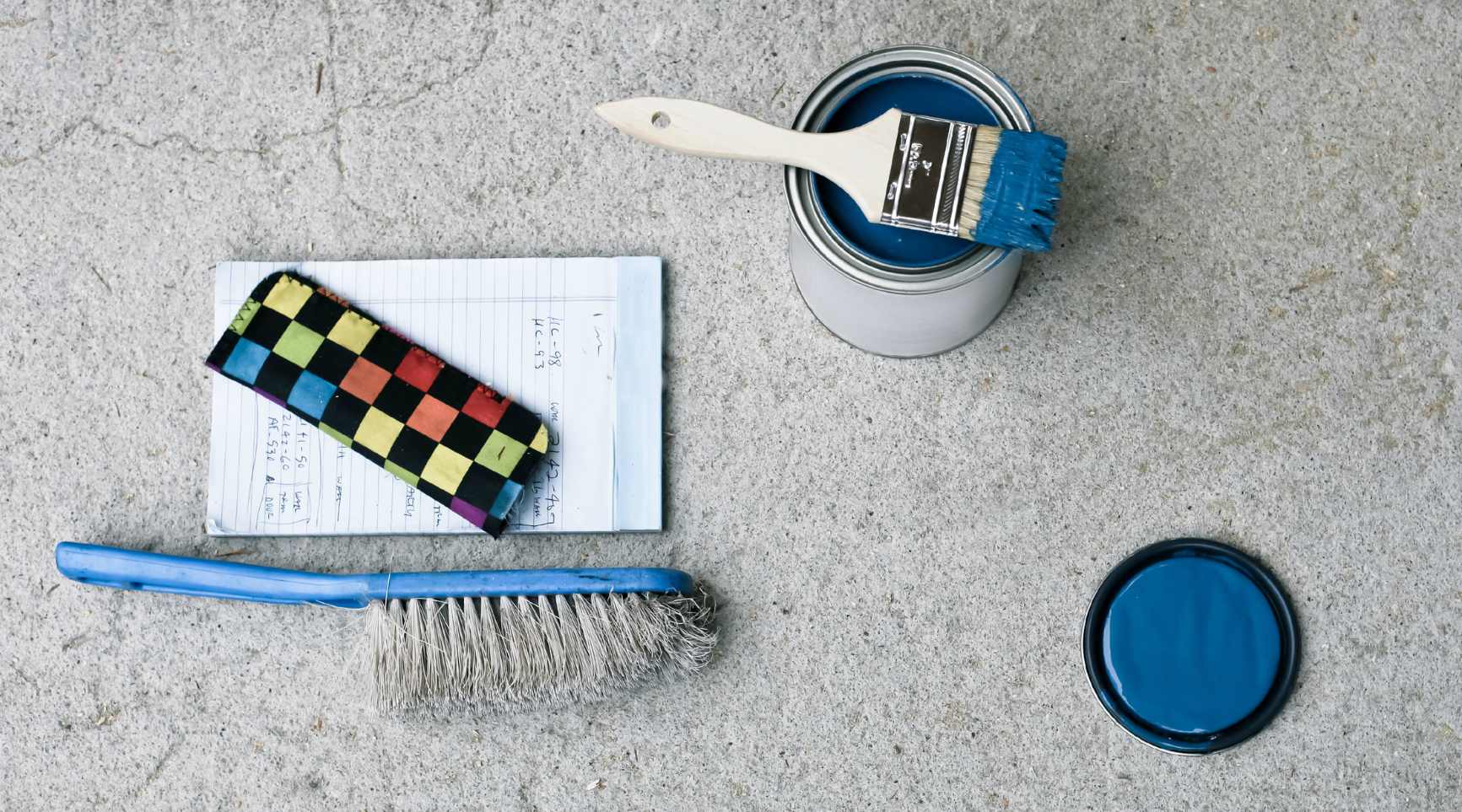
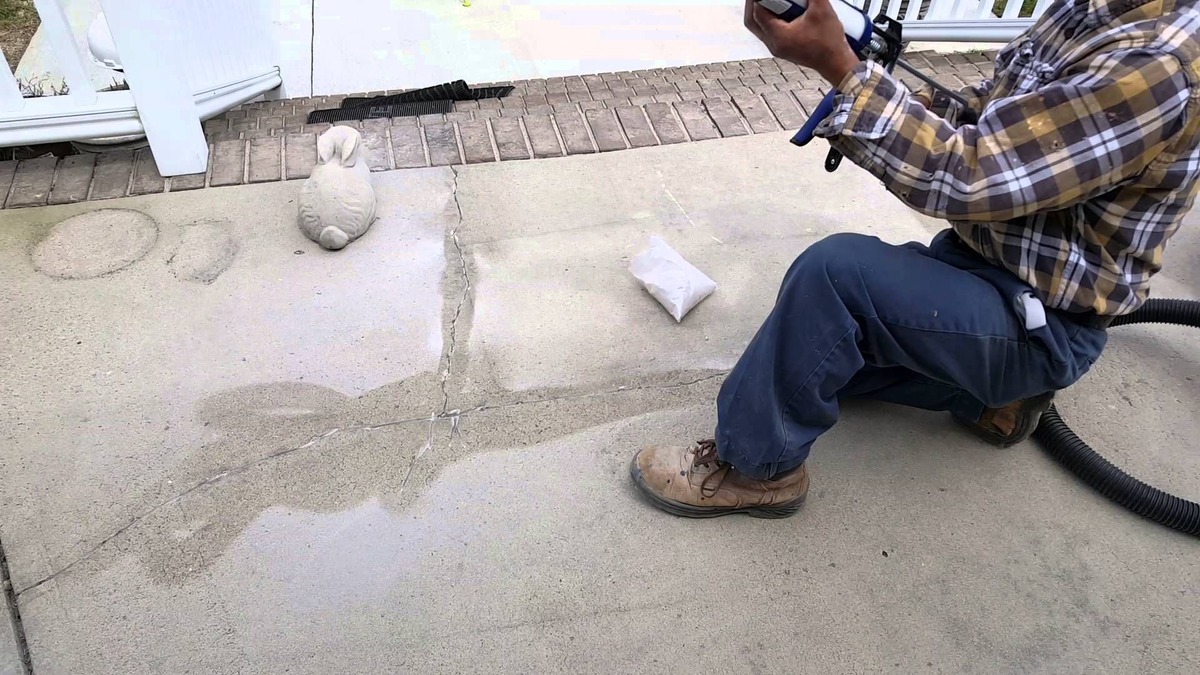
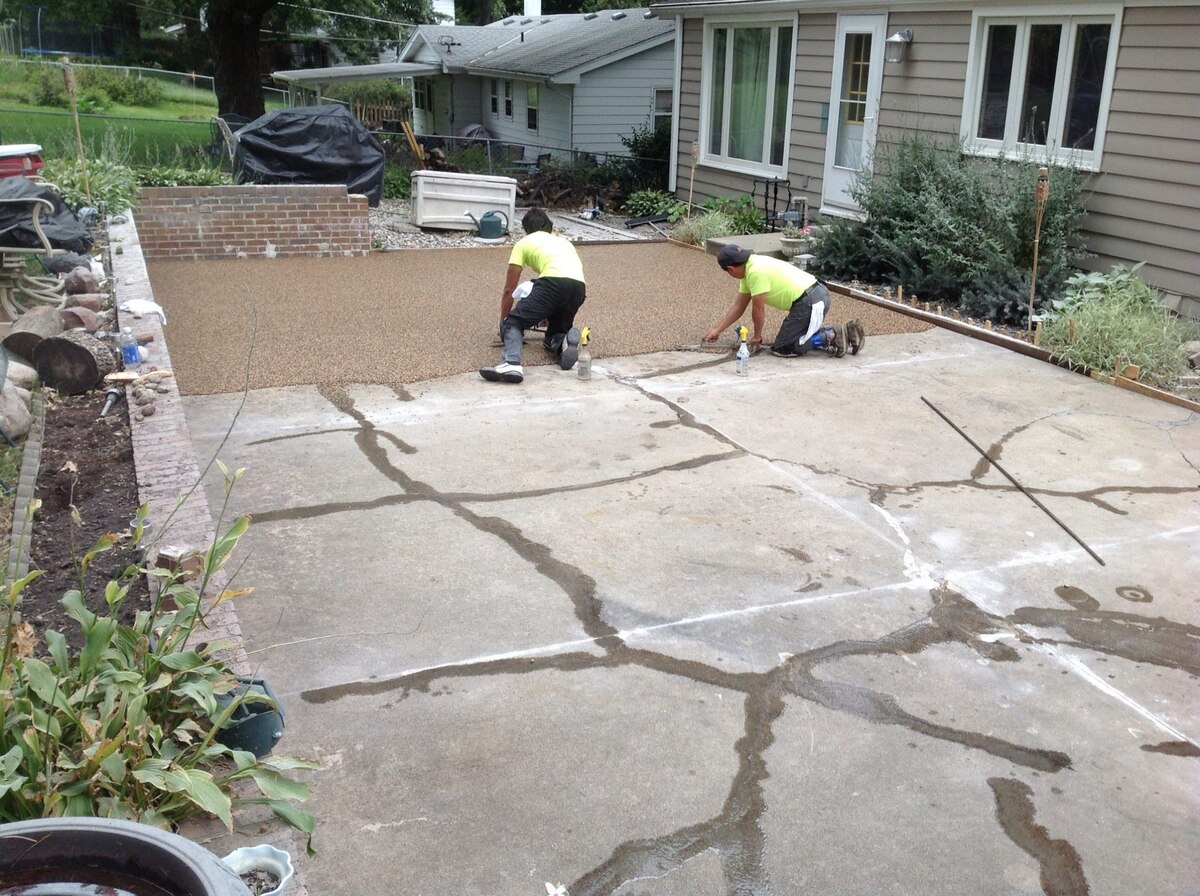
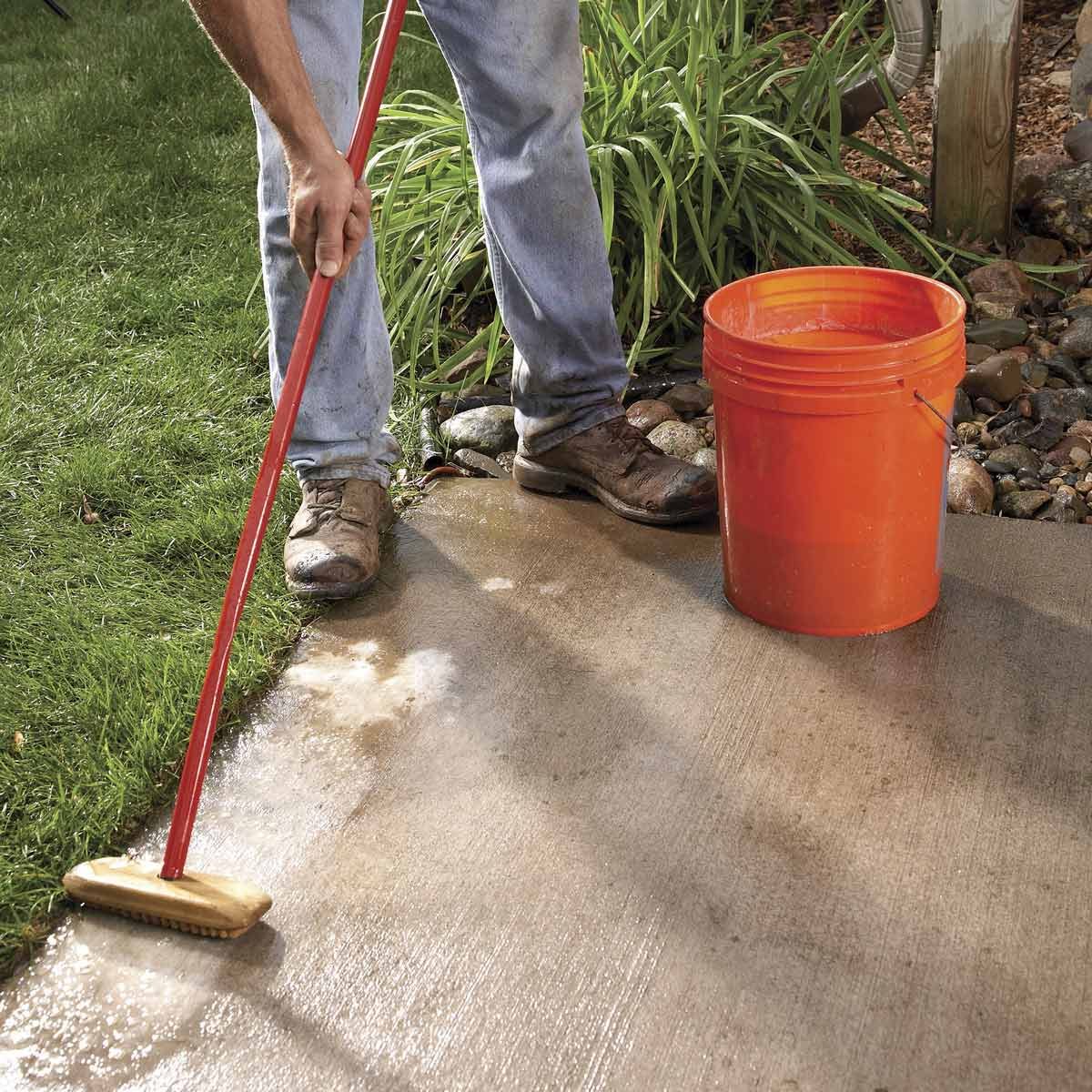
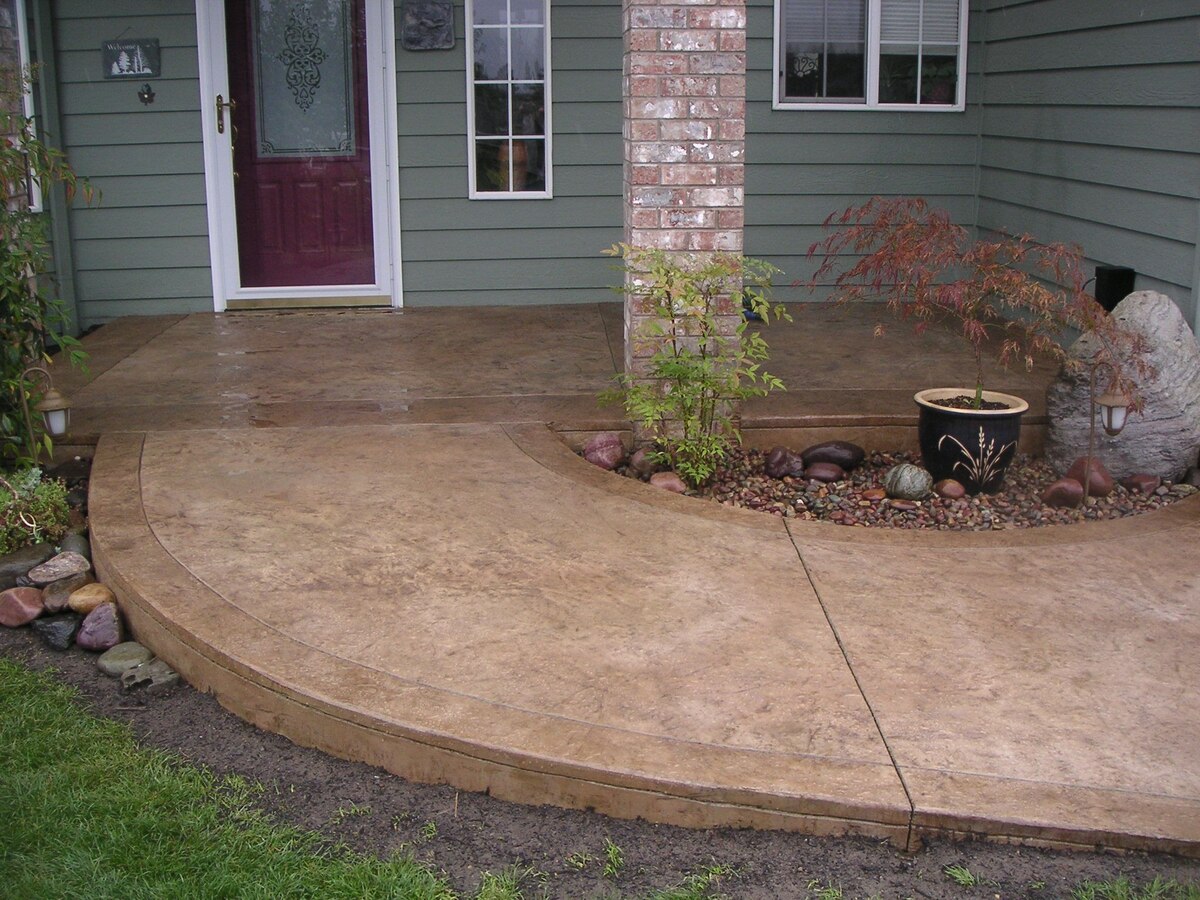

0 thoughts on “What Kind Of Concrete For Patio”